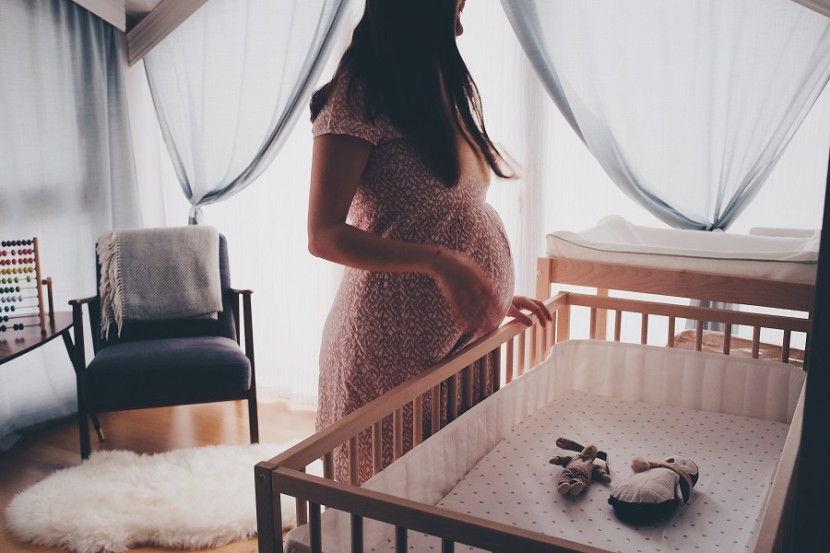
After learning that tissue around unborn babies can heal itself, scientists believe they may be able to avoid premature births. Many preterm births are caused by damage to the fetal membrane, and self-repair was thought to be uncommon.
However, studies on donated tissue have shown that cells known as myofibroblasts are capable of doing so. The discovery is a "major step" in developing medications to prevent some premature births, according to Professor Anna David of University College London Hospital.
Researchers found a way to prevent women from suffering premature births
The professor added that the discovery that the fetal membranes can repair is a big step forward in the development of treatments for women suffering from PPROM. It raises the possibility of delaying or even preventing preterm birth, which would greatly enhance newborn outcomes, as per The Sun.
The fetal membranes, which enclose the infant in the womb during pregnancy, must be intact for proper development to occur. However, fetal membranes can be disrupted by bleeding, infection, or even diagnostic tests during pregnancy, such as amniocentesis, which requires doctors to poke a hole in the fetal membrane sac with a needle.
There are currently no clinical techniques available to repair or improve healing in the fetal membranes, and it was unknown whether small holes in the membranes could heal on their own until today. The international research team, which included scientists and physicians from Nanyang Technological University in Singapore and University Hospitals Leuven in Belgium, used a needle to induce microscopic flaws in donated human fetal membrane tissue to replicate damage that occurs during fetal surgery.
Per Big News Network, the researchers observed a population of myofibroblasts (MFs), which play a crucial role in wound healing, a few days after the injury and determined that these cells crawled towards the borders of the wound and into the defect location. This cell population began to make collagen and began to pull the wound's borders together, compressing the tissues and healing the wound.
The findings back up the team's prior research, which found that a protein named Connexin 43 (Cx43) plays an important role in wound healing and repair. While the researchers reveal that Cx43 is expressed by two cell groups, amniotic mesenchymal cells (AMCs) and mesenchymal fibroblasts (MFs), the localization and amounts of Cx43 assessed in this study were different. Overexpression of this protein also hampered cells' capacity to move into the defect region and seal the wound, according to the researchers.
Premature births account for 40% of infant death
The institution emphasizes that there are currently no clinical ways to repair or improve the healing of fetal membranes, and it was previously unknown whether minor perforations in the membranes might heal on their own.
According to the research institute, untimely rupture of fetal membranes is one of the leading causes of premature births, accounting for "about 40% of early infant death." The same note adds that successful fetal membrane restoration can help lower the likelihood of problems during childbirth, the Portugal News reported.
The researchers also discovered that too much Cx43 protein inhibited the cells' capacity to move to the failure site and close the wound. In addition to the two English universities, the multinational study team included scientists and physicians from the Technological University of Nanyang in Singapore and the University Hospitals of Leuven in Belgium.
The membranes that cover fetuses during pregnancy can repair on their own after an injury, according to a study published today in Scientific Reports by Queen Mary University of London and University College London. Authors claim the new evidence that this procedure is conceivable is a scientific advance and a contribution to the development of treatments for women who experience premature pre-partum rupture of membranes during pregnancy.
Related Article: How Speech Therapy Can Help Children With Autism
@YouTube
© 2026 HNGN, All rights reserved. Do not reproduce without permission.








